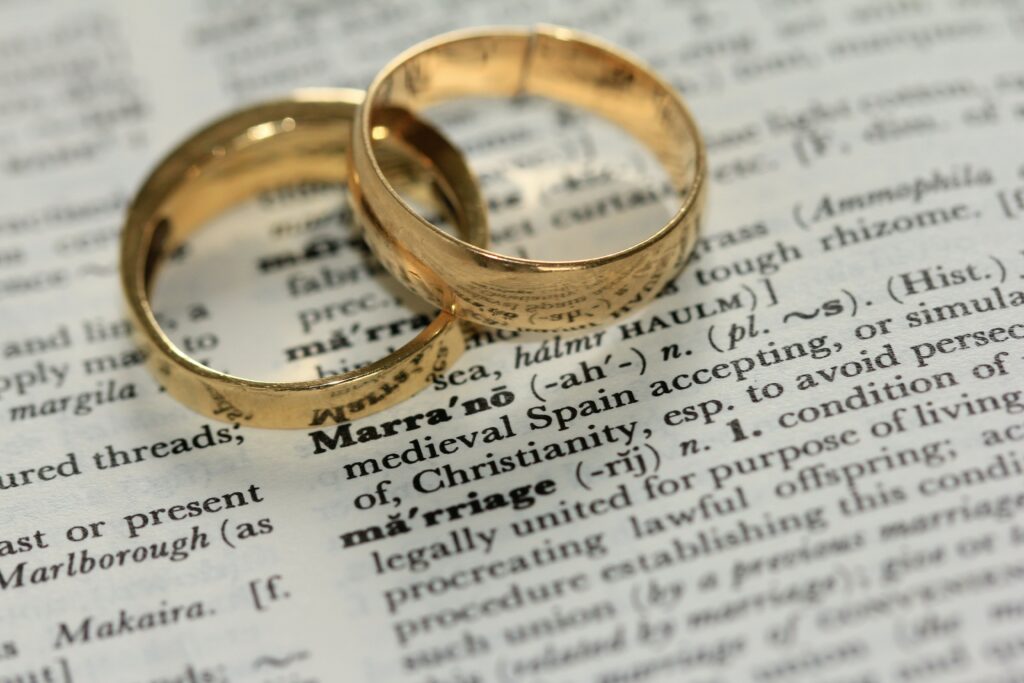
Peter begins his second chapter by describing his audience as babies (1P 2.2).
That’s not normally a compliment; nowadays, when you call somebody a baby, you’re saying that he’s acting immaturely, selfishly. You’re saying he needs to grow up.
In some places, them’s fightin’ words.
Peter’s point, however, is not at all hostile or demeaning. He’s telling us something he learned through his failure.
When you come to Christ, you’re not just getting your sins forgiven and escaping from judgment; you’re starting a whole new life. This is happening in the spiritual sphere rather than the physical, but there are significant points of comparison between the two. When you first come to Jesus, you’re a spiritual baby, and like a physical baby, you desperately need to grow up spiritually. This isn’t an accusation; it’s a fact. We don’t denigrate babies for being babies; we nurture and protect them—and we feed them like crazy: all they want, whenever they want. We rearrange our lives around the baby’s hunger pangs.
If babies don’t grow, they die.
That’s true in botany as well as human development. Some people—we say they have a “green thumb”—can make plants grow seemingly without effort. Others—including yours truly—kill everything they touch. I once killed a barrel cactus.
Do you know how hard it is to kill a barrel cactus?
The growth principle is true in business too. You can’t just create a system and cash checks while the system hums along smoothly; you need to grow, constantly adapting to new market conditions. If you don’t, your competitors will eat you alive. (See under “Howard Johnson’s Restaurants.”)
Children know that they need to grow. They follow their advancing age a half a year at a time: “I’m not five; I’m five and a half.” They mark their advancing height on the closet door frame. They talk about what they’re going to do when they’re whatever age.
I recall when my daughter turned 6 and was allowed to go to the stage productions on campus. Her first one was an opera—Barber of Seville if I remember correctly—and when the overture started, she slid forward in her seat and hardly moved for the rest of the night. What a delight it was for her to experience growing up.
Children talk about it all the time: “When I grow up, I’m gonna … “ I’ve never gotten over that; I’ve enjoyed every year more than the one before.
We love to grow, to mature, to get better at things we enjoy. Growth is good.
One dark night Peter learned that in his life in Christ, he was a baby; he had a lot of growing to do.
What makes a baby grow?
Nutrition. Lots of it. He eats and eats and eats, and eats some more.
That’s how we grow spiritually as well; we need to eat spiritual food, as much as we can hold. So Peter says, “As newborn babies, crave the unadulterated milk of the Word” (1P 2.2). He has just observed that “the Word of the Lord endures forever” (1P 1.25); there’s no better or more powerful source of spiritual nutrition than that.
We need to feed hungrily on the Word, filling our minds and hearts with it, building spiritual muscle, gaining wisdom and experience, so we’re not likely to do the spiritual equivalent of running out into the street and getting hit by a car.
That’s pretty much what Peter did in the high priest’s palace.
But by the power of the Word, and the Spirit, Peter began a new life. Not a perfect one, by any means (see Galatians 2), but a generally healthy and productive one.
So how’s your growth going? How do those little pencil marks on the closet door frame look?
Part 3: Sacrifice | Part 4: Praise | Part 5: Witness
Photo by Joshua Earle on Unsplash



